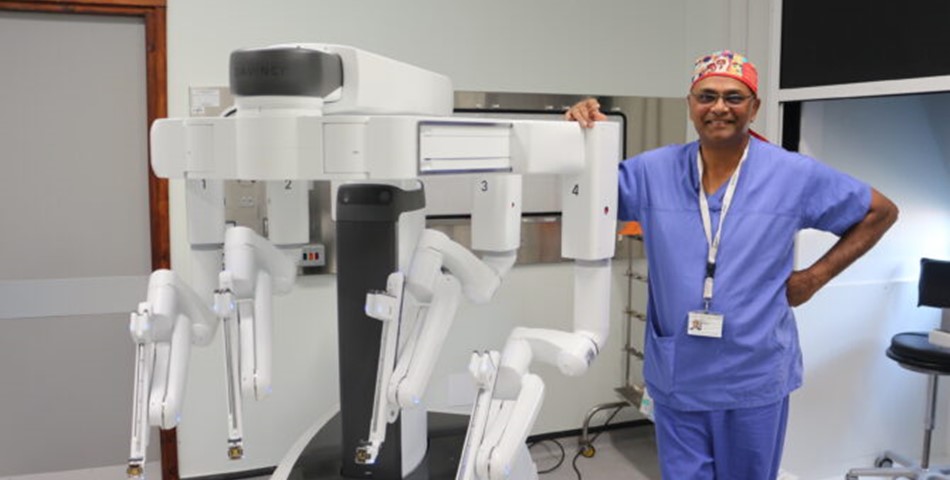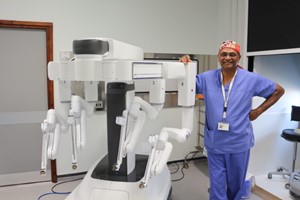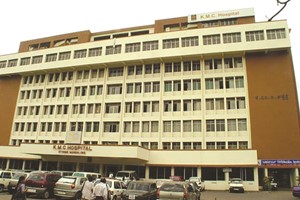The global urology surgical instruments market is foreseen to grow at 7.7%, from USD 28.54 Billion in 2021 to USD 51.66 Billion in 2029. Growing investments, funds, and grants by government bodies worldwide, increasing hospital investments in surgical infrastructure, rising geriatric population are the factors driving the growth of the global urology surgical instruments market. However, unfavorable healthcare reforms in the U.S. have seen restraint in the market growth for the estimated period.
What is Urology Surgical Instruments?
Urology is a part of health care that deals with diseases of the male and female urinary tract (kidneys, ureters, bladder, and urethra). Urology surgical instruments are tools that allow surgeons to open, remove, dissect, and remove or obliterate the abnormal structures as a treatment.
COVID-19 Impact on Global Urology Surgical Instruments Market
The global impact of COVID-19 has lost millions of lives with a massive cost to the healthcare system. Moreover, the treatment cost for patients with COVID-19 has also had a financial impact globally. The impact of COVID-19 on the Urology Surgical Instruments Market has forced the companies to change their sourcing, pricing, and promotion strategies. The Urology Surgical Instruments Market players are seen focusing more on optimizing the E-commerce networks with the rising innovations in the digital sector, which are creating new business models for the healthcare industry player.
New da Vinci Surgical Robot Unveiled at Bradford Teaching Hospitals
A £1.7 million new da Vinci Xi robot dedicated to cancer surgery has operated on its first patient at Bradford Royal Infirmary.
Bradford Teaching Hospitals NHS Foundation Trust pioneered robotic urological surgery in Yorkshire with the advent of its first robot in 2012, which has now been officially retired.
Consultant Urological Surgeon and the Trust’s Cancer Lead, Raj Singh, explained:
The new machine will be used for carrying out minimally invasive operations on patients with urology, bladder, kidney, and head and neck cancers. The da Vinci robot greatly enhances our precision as surgeons as it gives us better vision, increased control, and a better working environment during the operation. Compared to a conventional keyhole procedures or open surgery, the da Vinci robot offers patients many potential advantages as its precision provides more accurate surgery, leads to less bleeding and fewer complications. It also provides other benefits including less pain, a shorter hospital stays and a swifter recovery period.
The da Vinci robot acts as an extension of the surgeon’s hands and fingers in miniature and enables advanced keyhole procedures which help eliminate potential human problems such as hand tremor.
Surgeons can control the device’s arms with immense precision during minimally invasive operations when surgery is taking place within a confined space where pinpoint accuracy is needed.
Mr. Singh continued:
The latest Xi version has better functionality and a wider range of potential uses and scope to increase the number of patients who can benefit. It is more versatile than the original robot and uses better software, plus the controls and vision are quicker and better as the instruments are longer and you can work along the abdomen without needing to re-dock the robot.
It’s my vision for the Trust to have a second da Vinci robot in the near future where we can operate two theatres side by side, increasing the specialties who can use the machines, so an increasing number of cancer patients can benefit from this innovative surgery.
Bradford is one of the highest volume robotic urological centers in the north of England.
Since the hospital took delivery of its first revolutionary £2million da Vinci robot, partly funded by a generous £200,000 donation from the Sovereign Health Charitable Trust, surgeons have conducted more than 2,100 procedures on patients’ bladders, prostrates, kidney and head and neck.
Chief Executive, Professor Mel Pickup said:
Our £1.7million investment in robotic surgery is part of a long-held commitment to ensuring that across our Trust we have the infrastructure, technology, and capability to offer the consultants that practice with us, and the patients we care for, access to the latest in innovation and the breadth and depth of treatment options to support their individual needs.
Our new, state-of-the-art surgical robot will further enhance care and treatment options for our patients and maintain Bradford Teaching Hospitals’ position at the forefront of this technique nationally.
I’m delighted that the Trust has been able to invest in this innovative machine and we have firm plans to expand our robotic capability in the future which is good news for our patients as the nature of robot-assisted surgery means people will also be able to go home to recover sooner – often after a single, overnight stay in hospital – and we know that is where they would rather be than in hospital.
Robotic surgery procedures are potentially less costly as patients stay in hospital for a shorter period of time and have fewer complications.
Extra information re the da Vinci robot:
It is named after Leonardo da Vinci, who put forward the idea of a robot in 1495 and has seen its technology developed by the NASA space program.
It allows for high precision surgery where the robot is docked onto the patient. The operation is then carried out with the help of four robotic arms that are inserted into the patient’s body through tiny incisions.
During a procedure, the consultant sits at the robot’s computer console, which offers a clear 3D close up view of the patient’s organs, nerves, blood vessels and muscles.
Bradford Teaching Hospitals became only the second center in the region to obtain a £2m revolutionary “surgical robot” to perform critical operations on its patients.
The da Vinci robot enables advanced keyhole procedures which help surgeons eliminate potential human problems, such as hand tremor, as the massive bulk of the robot allows its arms to maneuver better than the human hand in open surgery.










